Geometric tattoos have surged in popularity, captivating enthusiasts with their clean lines, intricate patterns, and universal appeal. Unlike tattoos that rely on representational imagery, geometric designs draw their power from shapes, forms, and the harmonious interplay of lines and symmetry. This style taps into a deep-seated human appreciation for order, balance, and mathematical beauty. Whether you’re drawn to minimalist dotwork, complex mandala patterns, or abstract arrangements, geometric tattooing offers a vast canvas for personal expression. This article delves into the heart of geometric tattooing, exploring its core appeal, dissecting its various styles, offering design and placement advice, guiding you in choosing the right artist, and providing essential aftercare tips to ensure your geometric masterpiece stands the test of time.
What are geometric tattoos? understanding the core appeal
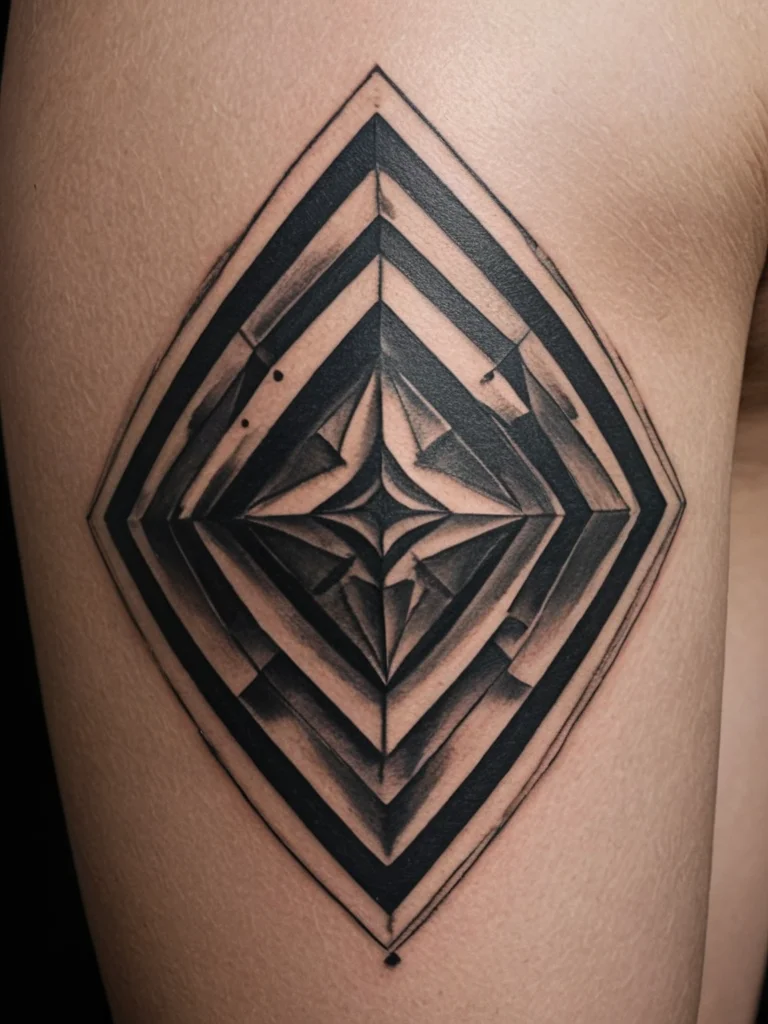
At its essence, a geometric tattoo is a design composed primarily of geometric shapes such as lines, dots, triangles, squares, circles, and polygons. These elements are often arranged in precise, repeatable patterns or form abstract compositions. The appeal of geometric tattoos lies in several key factors. Firstly, there’s the inherent beauty of geometry itself – its presence in nature, architecture, and art speaks to a fundamental human fascination with order and structure. Think of the intricate patterns found in a snowflake, the perfect spiral of a seashell, or the repeating tessellations in ancient mosaics. Geometric tattoos bring this inherent visual harmony to the skin.
Secondly, the precision required for these tattoos is a significant draw. Artists specializing in geometric work often possess exceptional technical skills, creating sharp lines and perfectly formed shapes that are visually striking. This technical mastery can be a testament to an artist’s dedication and a client’s appreciation for craftsmanship. The clean, crisp nature of geometric designs also lends itself to a modern, sophisticated aesthetic that appeals to a wide range of tastes.
Furthermore, geometric tattoos can carry profound symbolic meaning. While not always overtly representational, specific shapes and patterns have been imbued with spiritual, philosophical, and cultural significance throughout history. Circles can represent wholeness and eternity, triangles can symbolize balance or the divine trinity, and repeating patterns can evoke concepts of cycles, infinity, or connection. This layered meaning, combined with the visual clarity of the style, makes geometric tattoos a powerful form of personal storytelling.
5 distinct geometric tattoo styles you need to know (with examples)
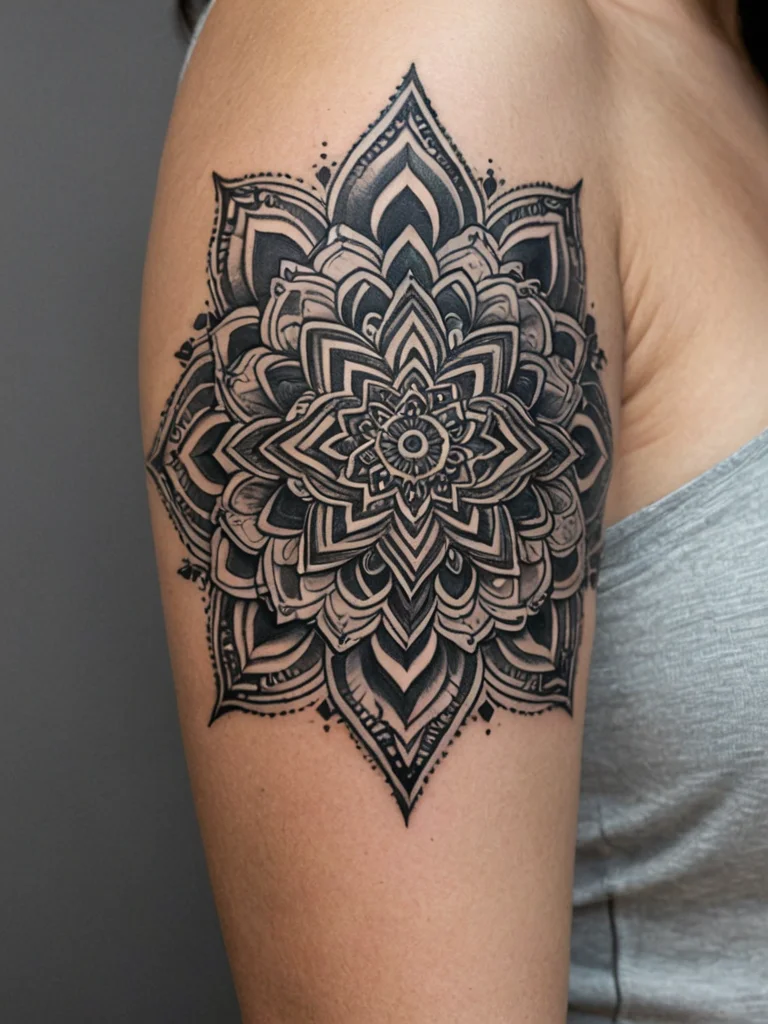
The umbrella term ‘geometric tattoo’ encompasses a diverse range of styles, each with its unique characteristics and aesthetic. Understanding these distinctions can help you articulate your vision to an artist and choose a style that truly resonates with you. Here are five prominent geometric tattoo styles:
- Dotwork: This technique utilizes numerous small dots to create shading, texture, and form. Artists meticulously place each dot to build up images, gradients, and intricate patterns. Dotwork can range from minimalist single-line designs to incredibly complex mandala-inspired pieces. The beauty of dotwork lies in its subtlety and the ethereal quality it imparts. Think of a constellation map rendered in fine dots, or a portrait with shaded areas created purely from stippling. The cumulative effect of thousands of dots can create astonishing depth and detail, often appearing almost like a soft-focus photograph or a delicate etching. It’s a time-consuming but rewarding technique that produces results with a unique organic feel despite the geometric precision involved.
- Linework: As the name suggests, linework tattoos focus on outlines and the interplay of lines. These designs often emphasize single, clean, precise lines to create shapes, patterns, or even minimalist representations of objects or animals. The elegance of linework lies in its simplicity and boldness. You might see a geometric wolf formed from sharp, angular lines, or a delicate floral pattern created with wafer-thin outlines. The contrast between negative space and the inked lines is crucial here, demanding an artist with a steady hand and an excellent sense of composition. It can be highly graphic and modern, or surprisingly delicate and intricate, depending on the thickness and style of the lines employed.
- Mandala Tattoos: Inspired by the spiritual and meditative art form from Hinduism and Buddhism, mandala tattoos are circular designs characterized by intricate, repeating patterns radiating from a central point. They symbolize the universe, wholeness, and spiritual journey. These tattoos often incorporate a blend of dotwork and linework, creating mesmerizing symmetry. A classic mandala might feature layers of petals, celestial motifs, and geometric shapes arranged in a perfectly balanced circular flow. The complexity can vary dramatically, from a small, contained circular design to a large, sprawling piece that wraps around an arm or leg. The meditative process of creating and contemplating mandalas is mirrored in the meticulous application of these tattoos.
- Sacred Geometry Tattoos: This style draws upon mathematical and geometric patterns believed to underpin the structure of the universe. Symbols like the Flower of Life, the Seed of Life, the Metatron’s Cube, and the Golden Ratio are common motifs. These designs are often intricate and layered, carrying deep philosophical and spiritual meaning for the wearer. Sacred geometry tattoos are not just aesthetically pleasing; they are often chosen to represent a connection to universal order, consciousness, or a personal quest for understanding. Imagine a Metatron’s Cube rendered in precise linework, or a Flower of Life pattern filled with subtle dotwork shading, perhaps integrated with other symbolic elements. The precision and intentionality behind each line and shape are paramount.
- Abstract Geometric Tattoos: Moving away from strict symmetry and recognizable patterns, abstract geometric tattoos play with shapes, lines, and forms in a more free-flowing and unconventional manner. These designs can be dynamic, energetic, and highly individualistic. Think of shattered shapes, intersecting lines creating optical illusions, or cascading geometric elements. This style offers immense creative freedom, allowing artists and clients to collaborate on unique compositions that might evoke emotions, movement, or a sense of organized chaos. An abstract geometric piece could be a burst of angular fragments, a series of overlapping polygons creating a sense of depth, or a flow of lines that seems to defy gravity.
Finding your perfect geometric tattoo: design ideas and placement tips
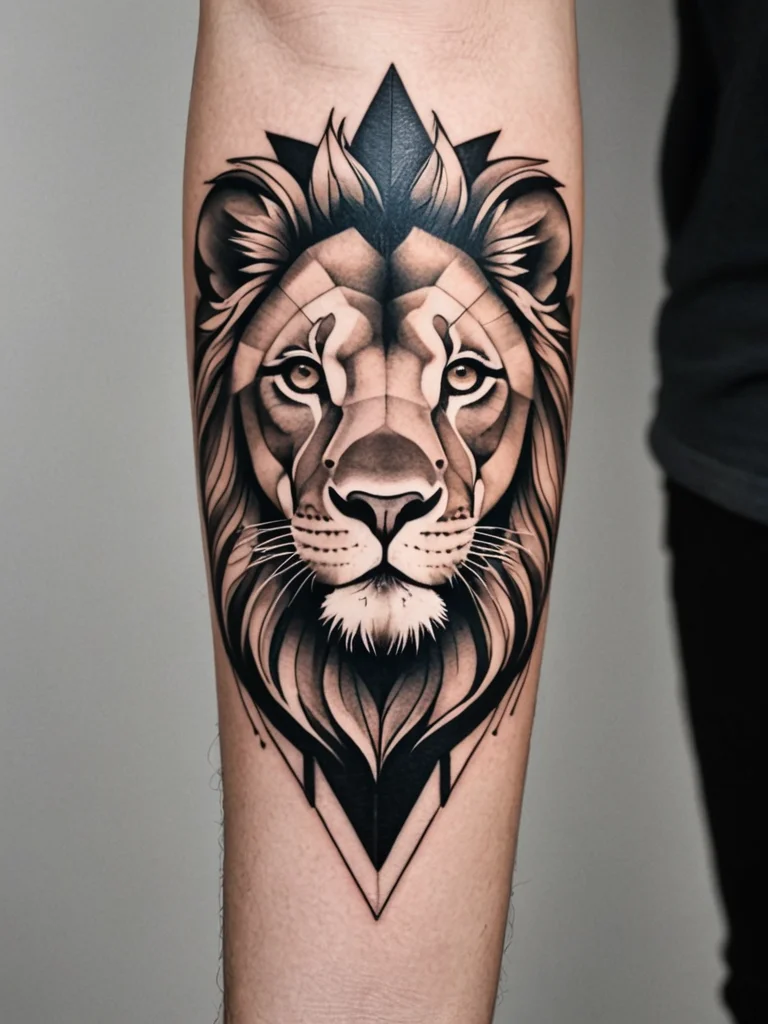
Choosing a geometric tattoo is a journey of self-discovery and aesthetic exploration. When conceptualizing your design, consider the core principles of geometry: balance, proportion, and harmony. Do you gravitate towards the stark simplicity of linework or the detailed artistry of dotwork? Are you drawn to the spiritual depth of mandalas and sacred geometry, or the bold statements of abstract compositions?
Design Inspiration:
- Minimalist: For a subtle yet impactful look, consider minimalist geometric shapes like a single triangle, a clean circle, or a series of dots on your wrist, ankle, or behind the ear. These are often executed in simple linework or delicate dotwork.
- Symmetrical Patterns: Designs featuring repeating patterns, like those found in Islamic art or nature, can create a sense of order and flow. Think of interlocking shapes, honeycombs, or layered circles that can adorn your forearm, calf, or back.
- Symbolic Integration: Combine geometric elements with other symbols that hold personal meaning for you. For example, a sacred geometry symbol could be incorporated into a larger nature-inspired piece, or a simple geometric outline could frame a significant date or initial.
- Optical Illusions: Artists skilled in geometric styles can create stunning optical illusions using perspective, shading, and overlapping shapes. These can be particularly captivating on larger areas like the chest, back, or thigh.
- Body Flow: Consider how the geometric pattern can complement the natural lines and curves of your body. A well-placed design can accentuate musculature or create a sense of movement.
Placement Considerations:
- Visibility: Decide whether you want your tattoo to be easily visible (e.g., forearm, calf) or more discreet (e.g., inner bicep, ribs, upper back).
- Surface Area: Larger, intricate geometric designs often require more surface area to be fully appreciated. Areas like the back, thigh, or chest are ideal for complex mandalas or sacred geometry pieces.
- Flexibility: Consider how the skin moves in certain areas. Joints like elbows or knees can be challenging for very precise geometric work, as the lines may distort over time. Discuss this with your artist.
- Pain Tolerance: Areas with thinner skin or closer to bone (e.g., sternum, spine, ankle) tend to be more sensitive. Geometric designs, especially those with extensive shading or dotwork, can be time-consuming and therefore more intense in these areas.
When collaborating with your artist, bring reference images that capture the style, complexity, and overall feel you’re aiming for. Discuss placement openly, allowing the artist to offer insights based on their experience with how different designs interact with the body.
Choosing the right artist for your geometric tattoo
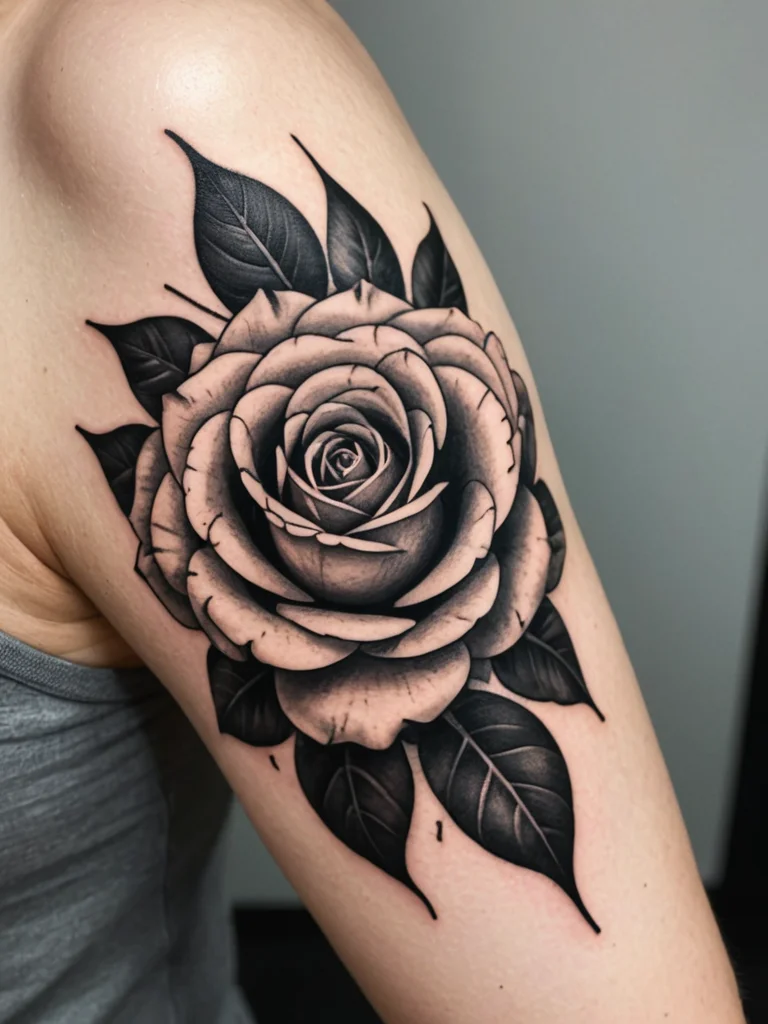
The precision and technical skill required for geometric tattoos mean that choosing the right artist is paramount. Not all tattoo artists specialize in this style, and even those who do have different strengths and approaches. Look for artists whose portfolios specifically showcase geometric work, paying close attention to the cleanliness of their lines, the consistency of their shading (especially in dotwork), and their ability to create balanced, visually appealing compositions.
What to look for in an artist’s portfolio:
- Line Quality: Are the lines consistently sharp, smooth, and straight where intended? Are there any shaky or broken lines? For dotwork, is the spacing even and the density appropriate for the desired effect?
- Symmetry and Balance: If you’re looking for a symmetrical design like a mandala, assess the artist’s ability to achieve perfect balance and repetition.
- Composition: Does the artist have a good eye for how shapes and patterns fit together, especially when creating custom, abstract, or illusionary designs?
- Consistency: Review multiple examples of their geometric work, not just one or two standout pieces. Does their quality remain high across different projects?
- Style Specialization: Some artists excel at minimalist linework, while others are masters of intricate dotwork or complex sacred geometry. Find someone whose specialty aligns with your desired style.
The Consultation Process:
Once you’ve identified a few potential artists, schedule a consultation. This is your opportunity to discuss your ideas in detail, review their portfolio in person, and gauge their understanding of your vision. Ask questions about their process, how they approach custom designs, and their experience with the specific type of geometric style you’re interested in. A good artist will listen attentively, offer professional advice, and be able to translate your ideas into a feasible and compelling tattoo design. Don’t be afraid to ask for sketches or mock-ups to ensure you’re both on the same page before committing to the tattoo appointment.
Caring for your geometric tattoo: longevity and detail preservation
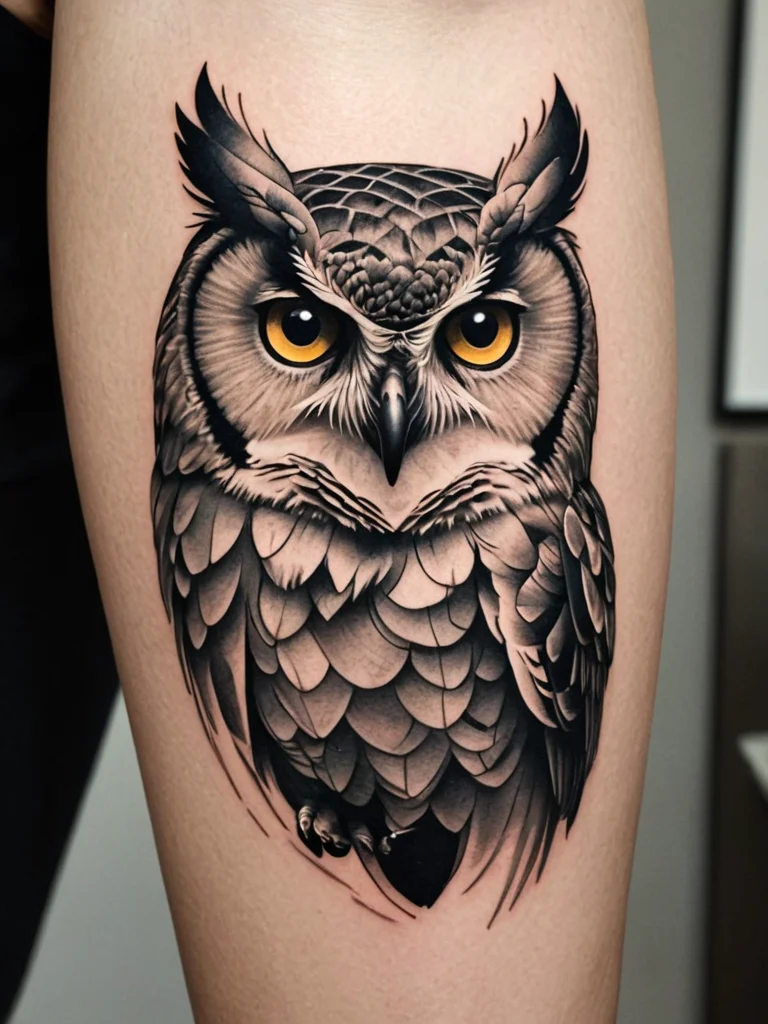
Proper aftercare is crucial for any tattoo, but it’s especially important for geometric designs where crisp lines and fine details are key. Following your artist’s instructions meticulously will help ensure your tattoo heals beautifully and retains its intricate details for years to come.
Immediate Aftercare (First 2-4 weeks):
- Keep it Clean: Gently wash the tattooed area 2-3 times a day with a mild, fragrance-free soap and lukewarm water. Pat the area dry with a clean paper towel; avoid rubbing with a cloth towel, which can harbor bacteria.
- Moisturize Sparingly: Apply a thin layer of the recommended tattoo aftercare ointment or lotion. Over-moisturizing can clog pores and hinder healing, while too little can cause dryness and cracking.
- Protect from Elements: Keep the tattoo covered with the protective film provided by your artist for the first 24 hours, changing it as instructed. Once uncovered, protect it from direct sunlight (a major cause of fading) and avoid soaking it in water (baths, swimming pools, hot tubs) until it is fully healed. Showers are fine.
- Avoid Irritation: Do not pick at scabs or scratch the tattoo, as this can remove ink and lead to scarring. Avoid tight clothing that can rub against the fresh tattoo.
Long-Term Care:
- Sun Protection is Key: This is arguably the most important factor for preserving the crispness and vibrancy of geometric tattoos. Always apply a high-SPF sunscreen to your healed tattoo whenever it will be exposed to the sun. UV rays break down ink pigments over time, causing lines to blur and colors to fade.
- Moisturize Regularly: Keeping your skin hydrated can make your tattoo appear more vibrant. Use a good quality lotion daily, especially after showering.
- Avoid Harsh Products: Steer clear of abrasive exfoliants or skincare products containing alcohol or strong fragrances directly on the tattoo area, as these can damage the skin and fade the ink.
- Touch-Ups: While good aftercare minimizes the need, very fine linework or dotwork tattoos might eventually benefit from minor touch-ups by a skilled artist to maintain their pristine appearance.
By understanding the unique visual language of geometric tattoos and committing to proper care, you can ensure your chosen design remains a striking and meaningful piece of art on your skin for a lifetime.